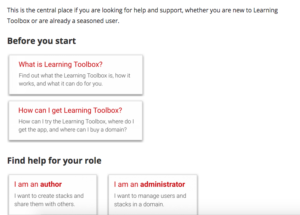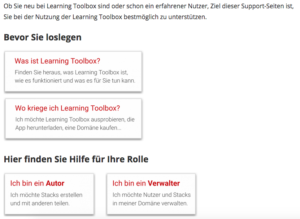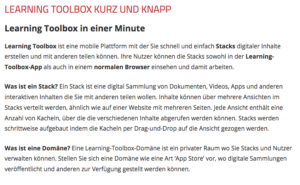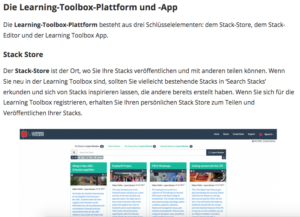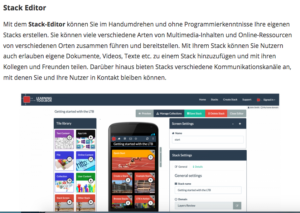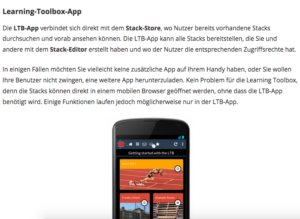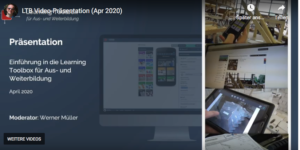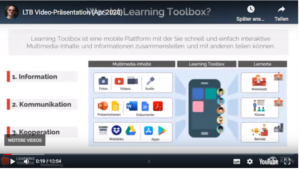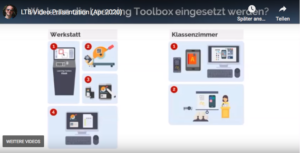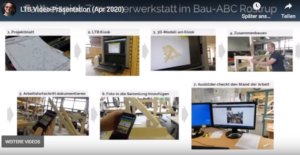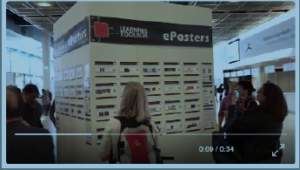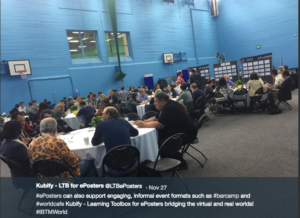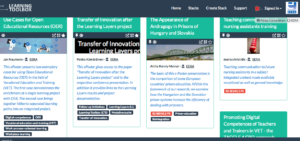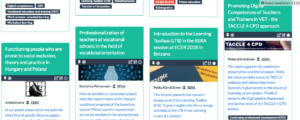With my two previous posts I have started to write down my thoughts about Brexit. As I have said, I didn’t really want to take up this theme on my blog. And indeed, I haven’t had the least intention to present myself as a historian or as a political analyst. In my first post I have written about the difficult pre-history – the rocky road of the United Kingdom to membership and the uneasy years of the British membership. In my second post I wrote about the campaigning before and during the referendum and about the polarised atmosphere. Now, it is time to say something about the policy processes after the referendum – of the negotiations and of the decision-making.
The negotiations on the “Brexit-Deal” – the first phase
Once the result of the referendum was clear and there was a new government, the hard work for preparing a mutual agreement on future relations started. This pointed out to be a long period with many issues to be settled and to be considered anew. After all, the United Kingdom (UK) was during that time a Member State and could not declare its obligations null and void just on the basis of the referendum. Equally, as long as there was no clarity of the future relations, there was an immense uncertainty on the practical implications of Brexit.
The situation was not improved when the prime minister called new elections and the government lost its majority. From that point on the government had to struggle to keep the government party and the supporting party united behind a deal to be made with the European Union (EU). And the situation was not improved when the prime minister brought a deal that was once rejected time and again to the parliament with some modifications.
The (prospect of) change of government and (of) the new negotiations
During the period when the government tried to get support from the parliament, very specific dynamics emerged. The opposition and the opponents in the government party were not debating the substance of the agreements. Instead, they declared themselves to be more competent and capable to negotiate a better deal. So, whatever was put on the table by the government was bound to be rejected. Time passed by and the risk of a chaotic No-Deal Brexit was becoming a real threat.
The (prospect of) elections and (of) the final decisions under time constraints
Then, after the unsuccessful prime minister had stepped down, a new phase started with negotiations and playing poker with procedural questions. The parliament wanted to prevent a No-Deal Brexit by legislation. The government wanted to extend the autumn break of the parliament. And it was difficult to reach a fair agreement on the timing of new elections. Finally, the elections took place and the government got a clear majority. And the decisions were made within the time frame to reach a basic agreement on the general terms of Brexit.
What comes next?
Now, after the departure of the UK from the EU has been confirmed, there is a transition period. During this period UK is a third country vis-à-vis the EU and its partner countries with framework agreements (such as Norway or Switzerland). The new relations have to be negotiated. And these negotiations will not be easy. From the UK side we hear expectations that the EU should give up its basic principles for common market (that it has created as a union) just because the UK (now as an outsider) doesn’t want to comply with them. And – given the history of Brexit negotiations so far – there is not much time to reach and agreement.
So, time will tell what comes out of these negotiations. I do not want to speculate on the result. It is better to wait and see with patience what negotiators can work out. For the moment I want to leave this theme for the future. I hope that those who want to continue good cooperation between EU and UK will find their ways forward.
More blogs to come … (but preferably on other topics)
PS1. Disclaimer: These are merely thoughts of the author – an observer from the European continent. Pontydysgu as an organisation is not responsible for the views presented above.
PS2. What could be a better musical theme for leaving this topic for a while than Auld Lang Syne as it was sung by the Members of the European Parliament together with the British MEPs leaving them?
